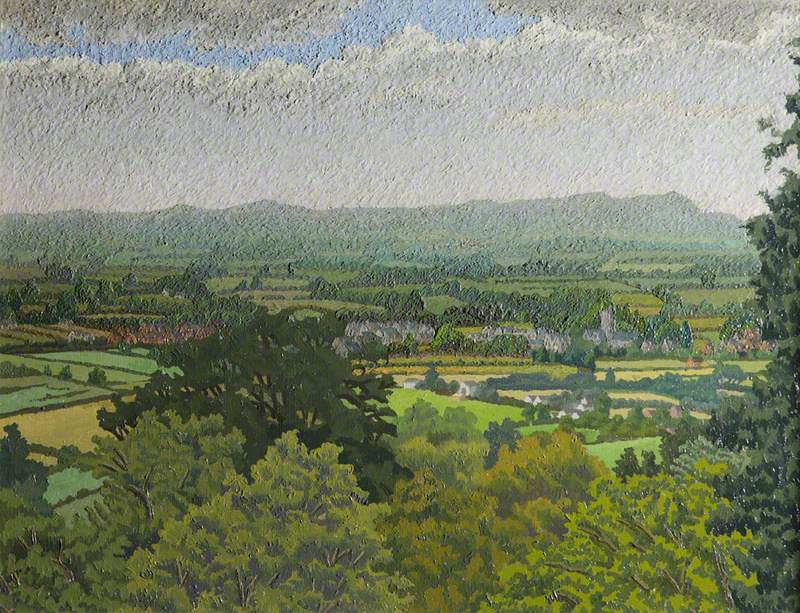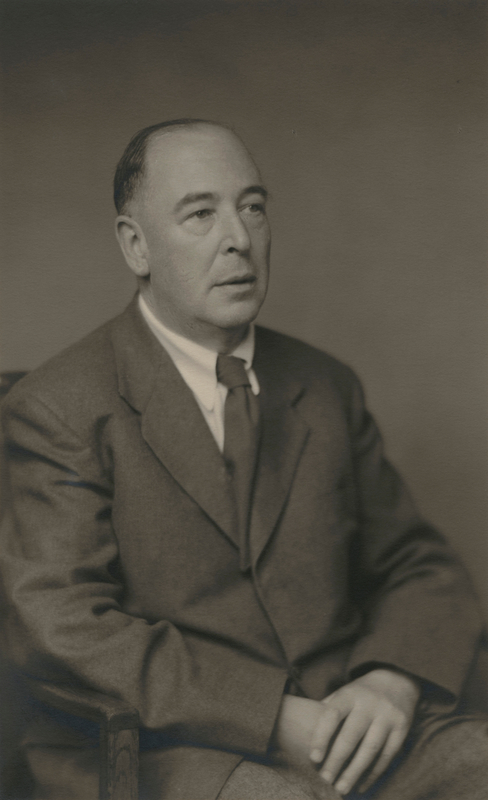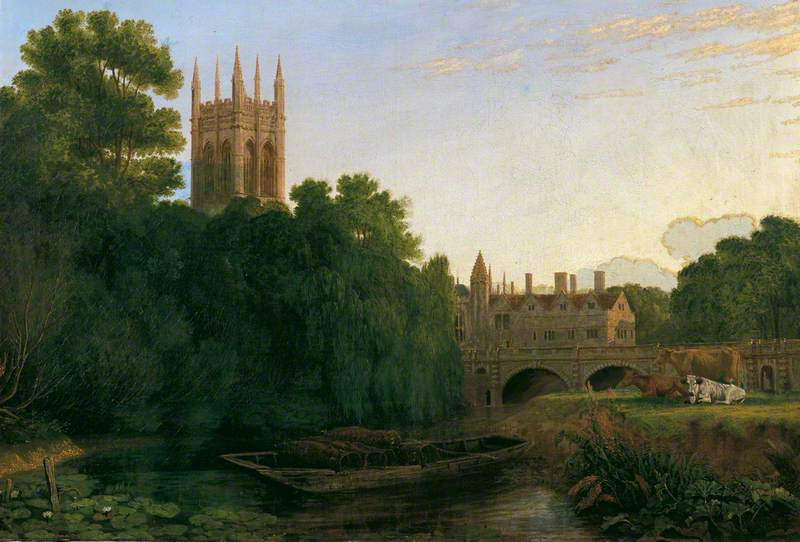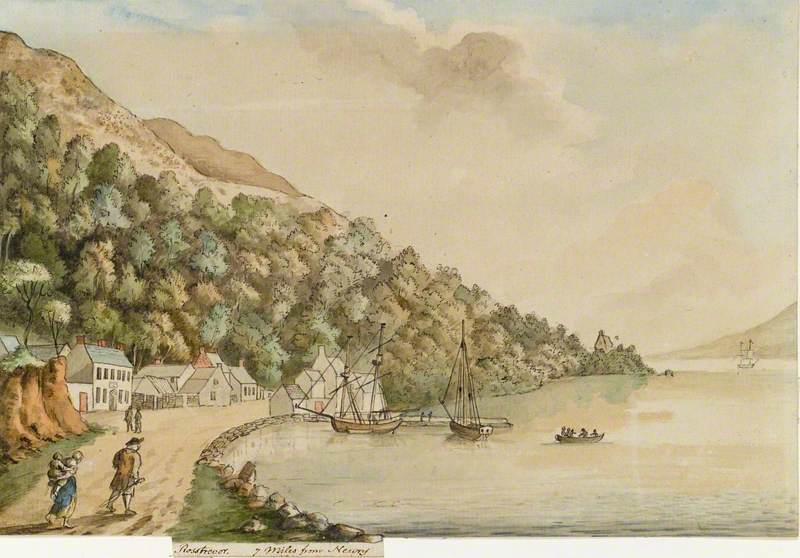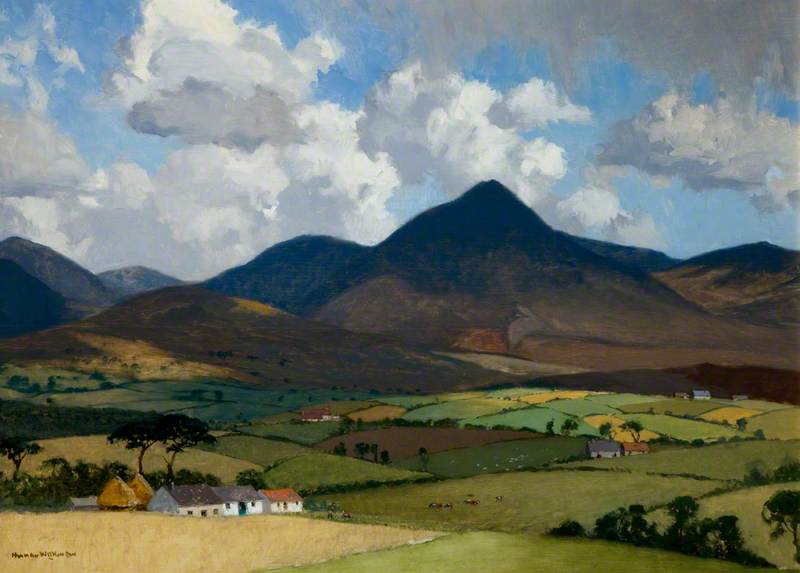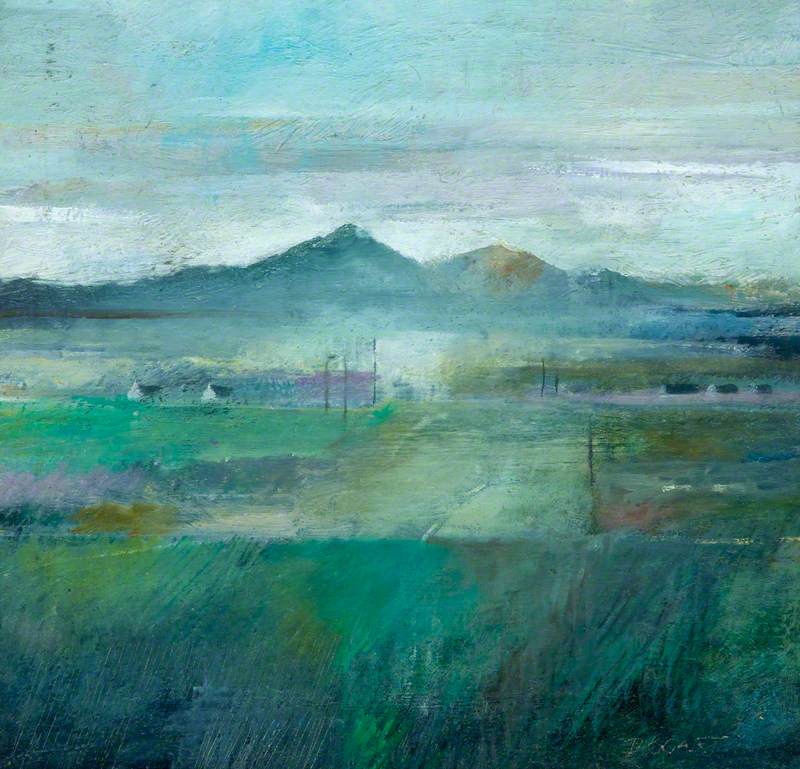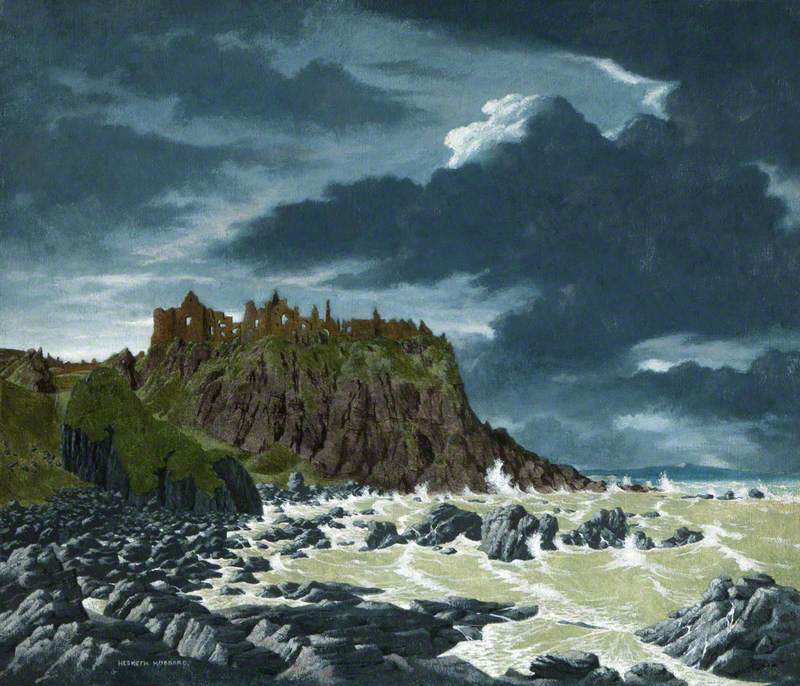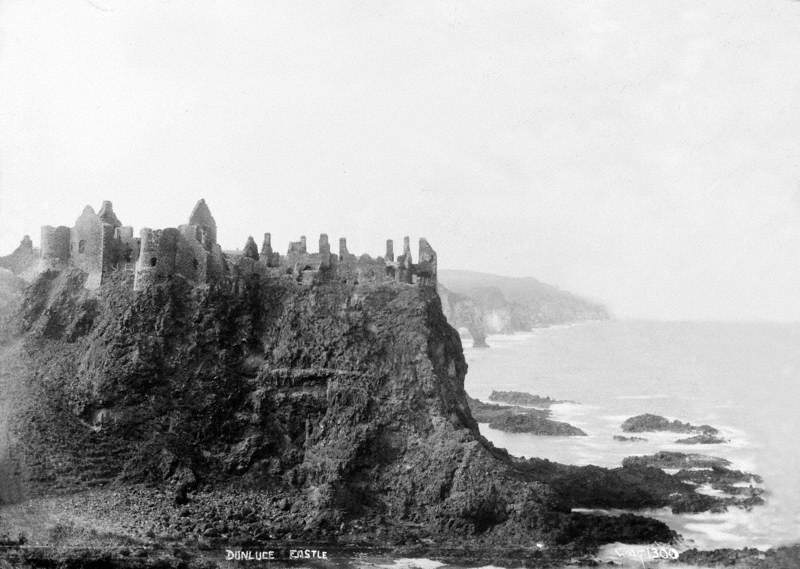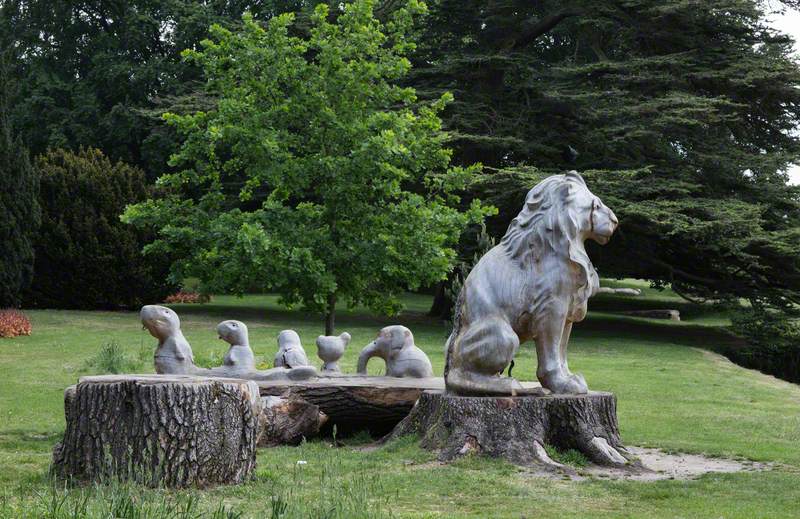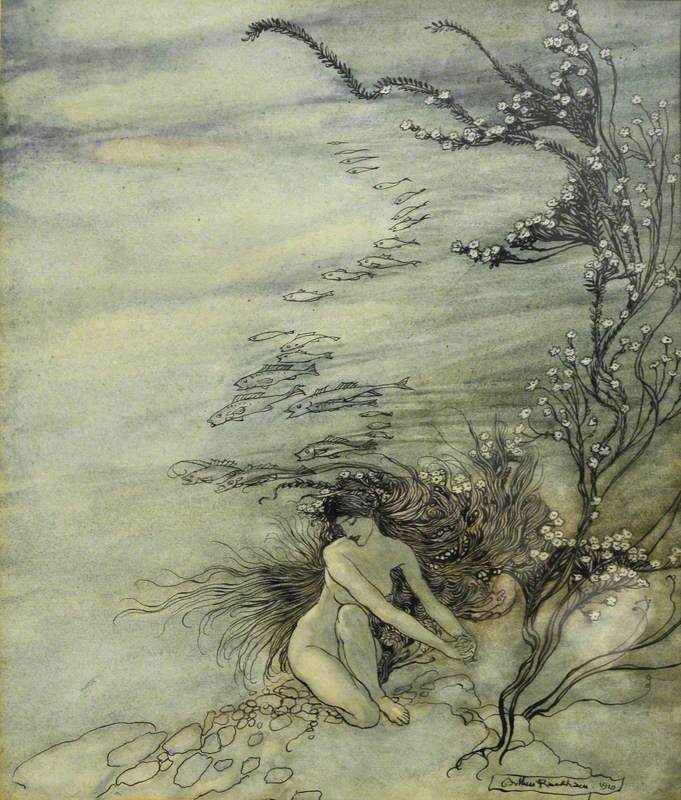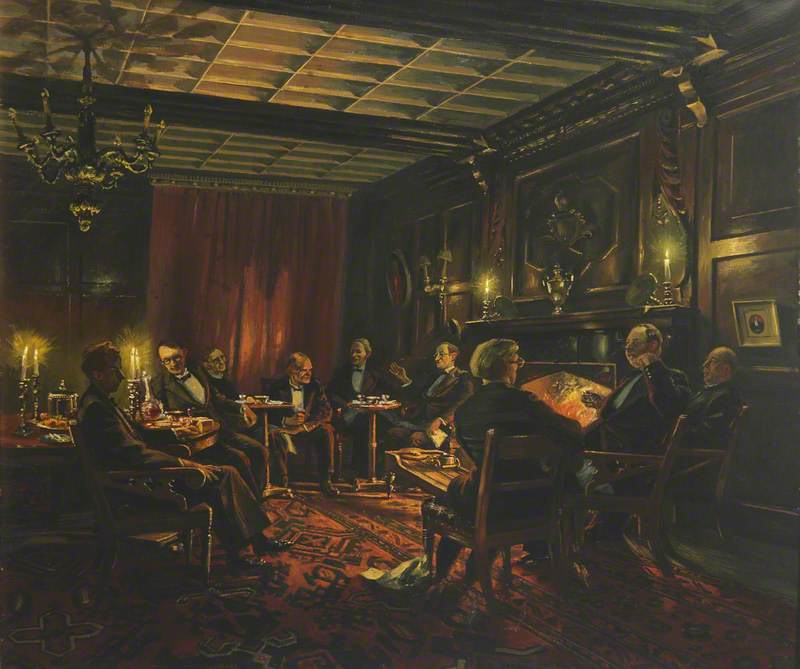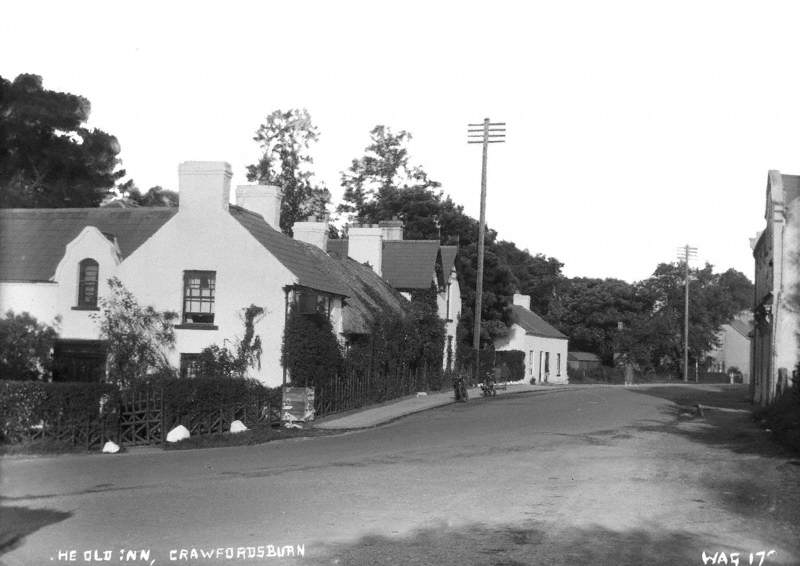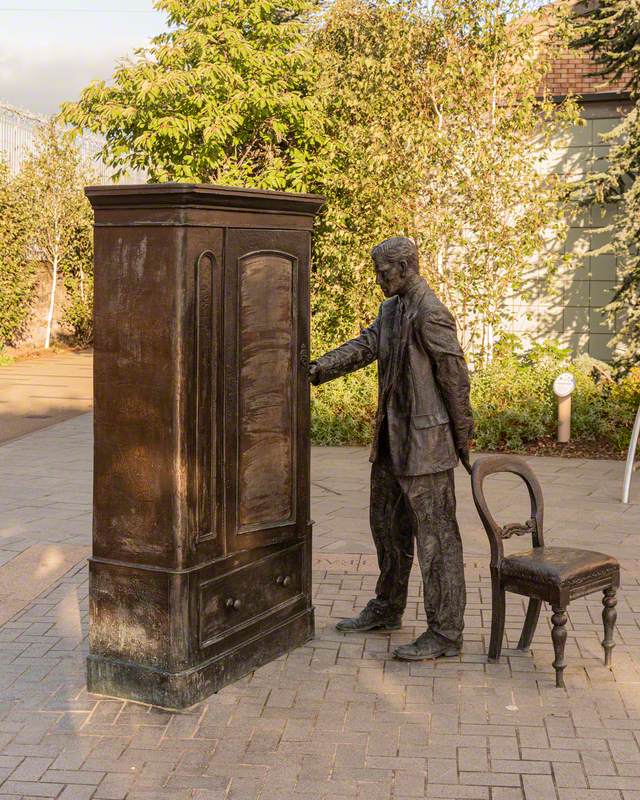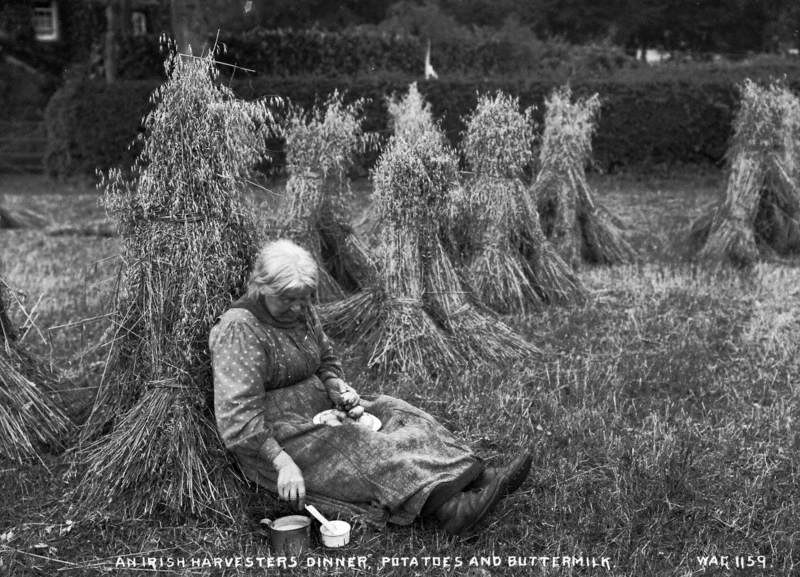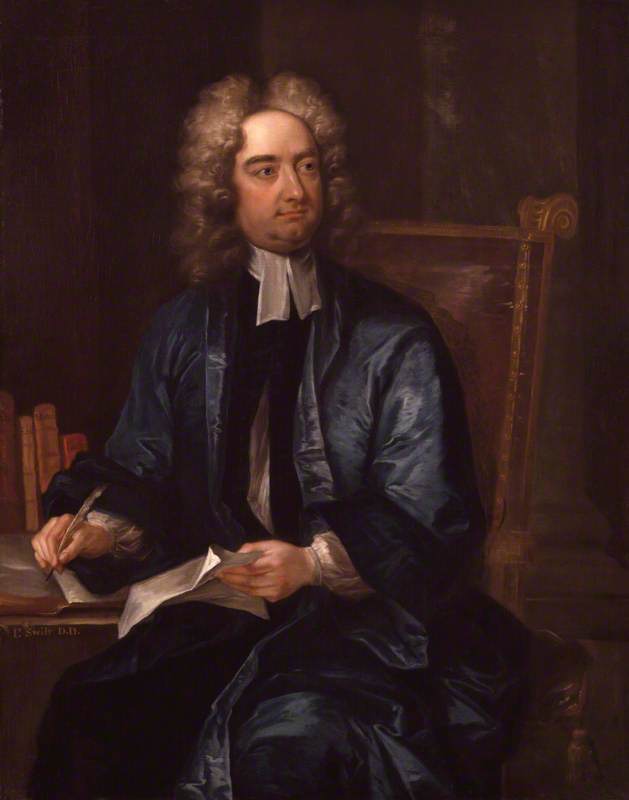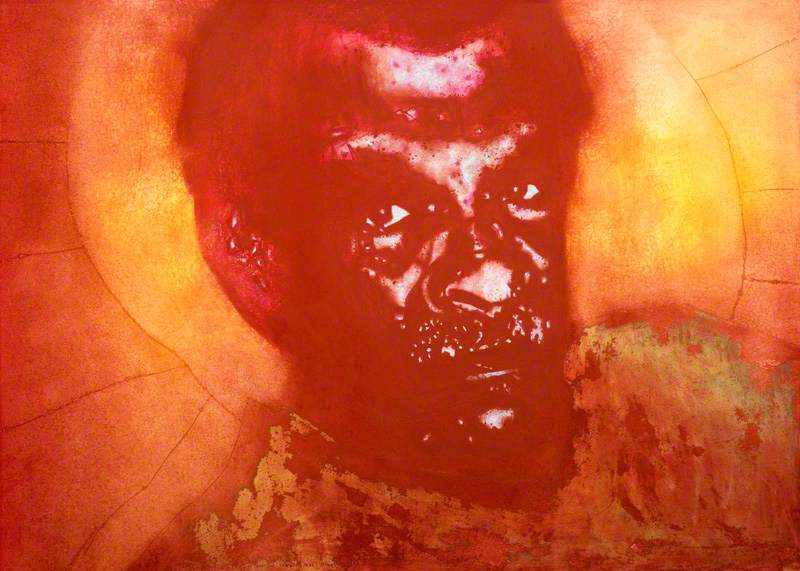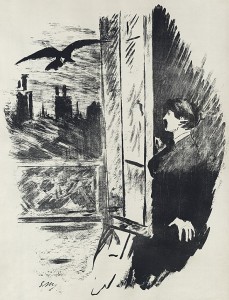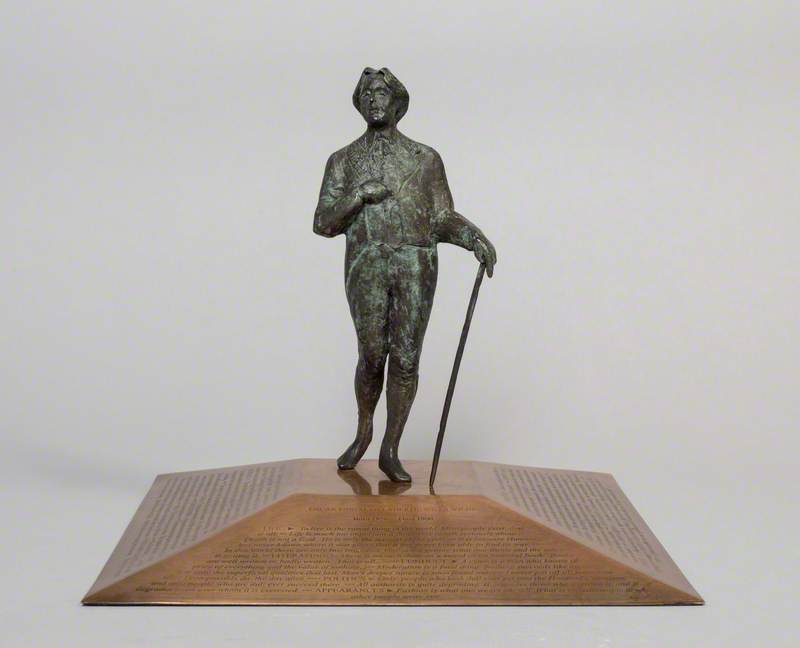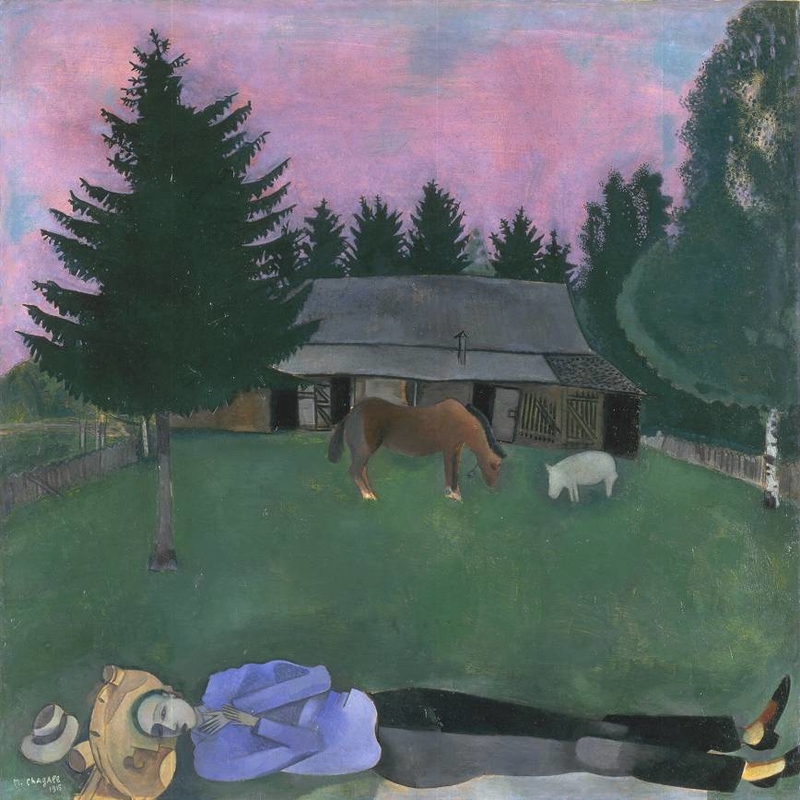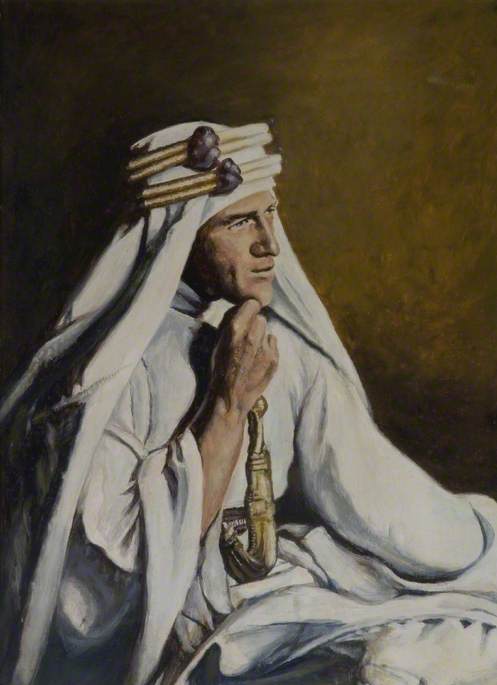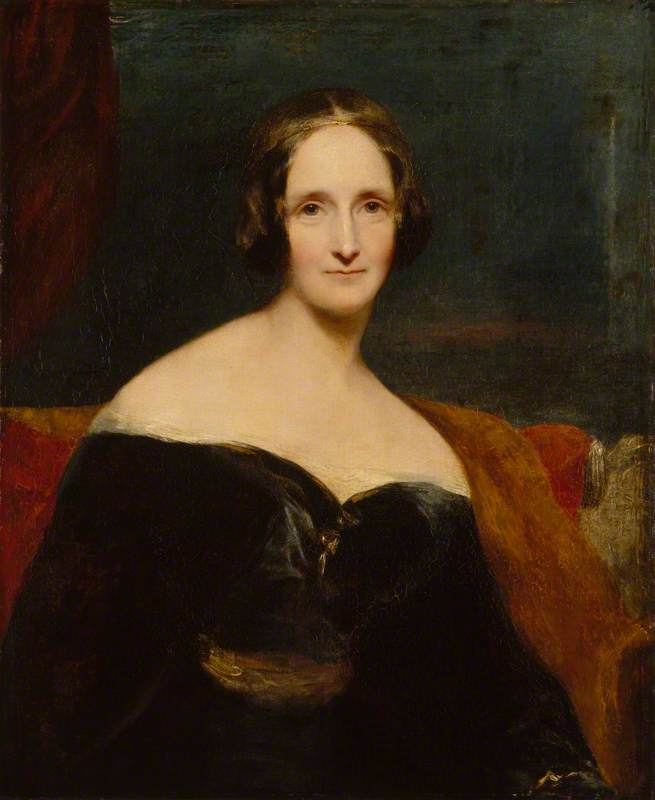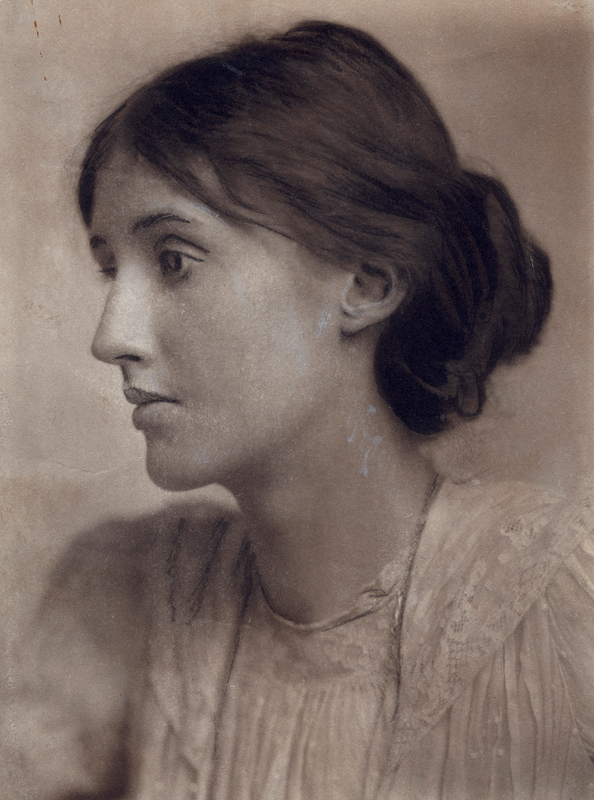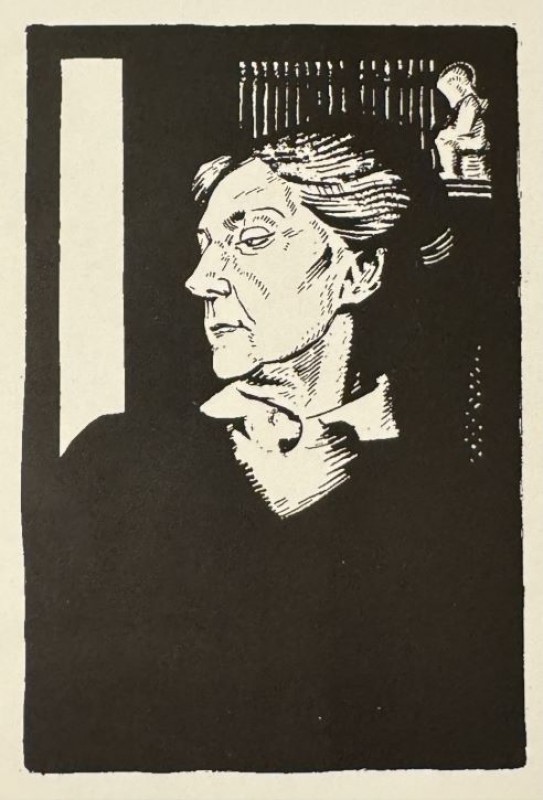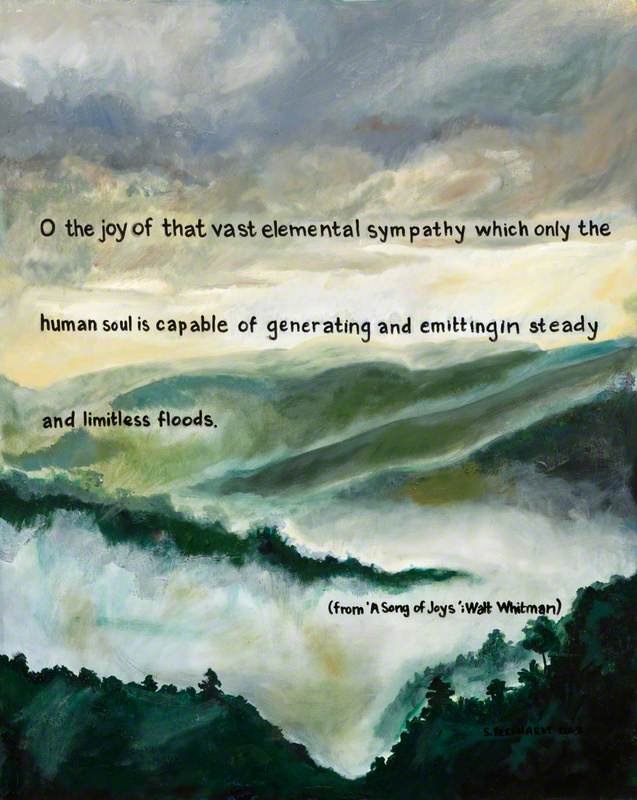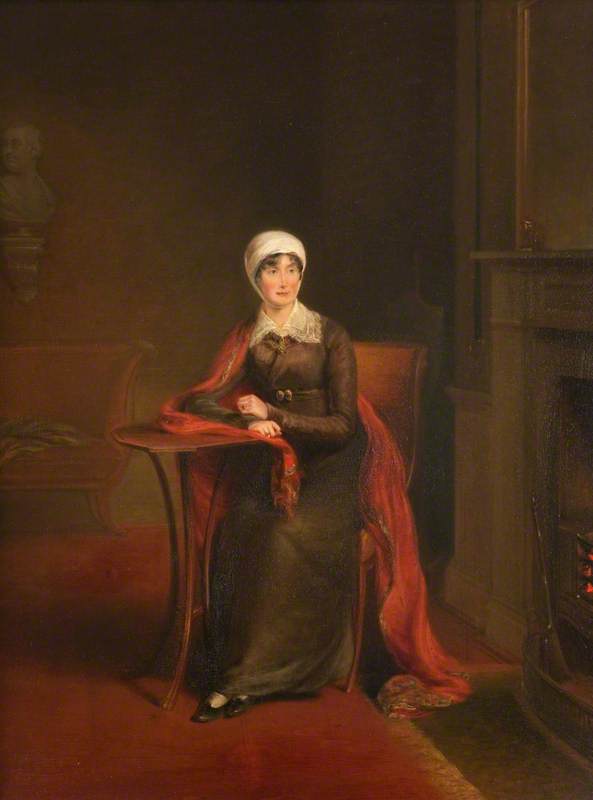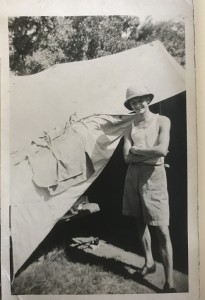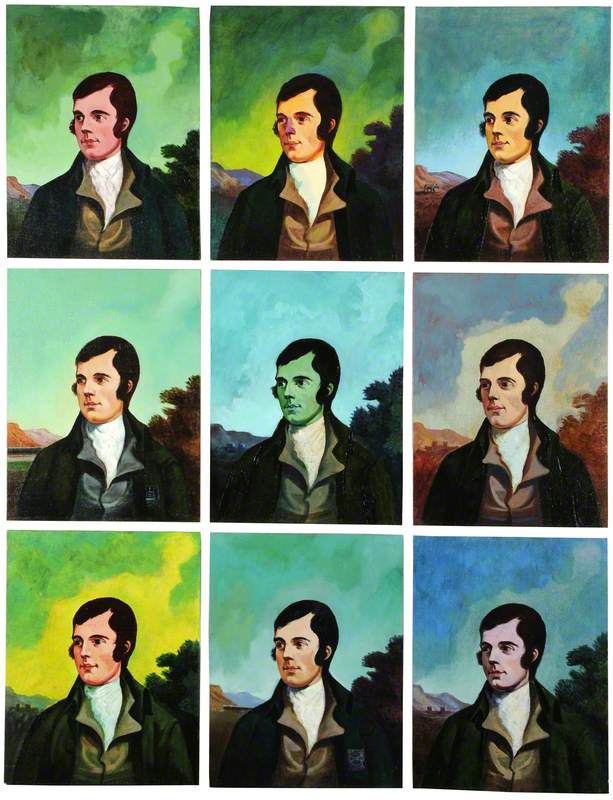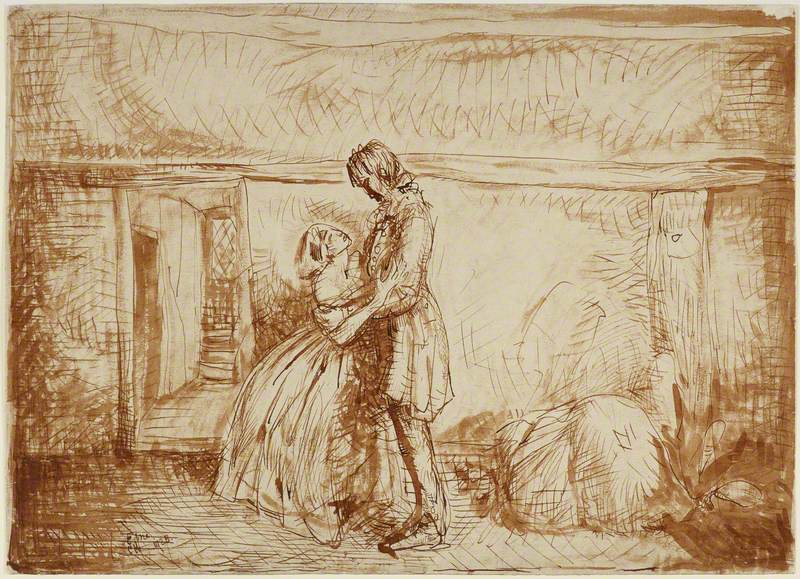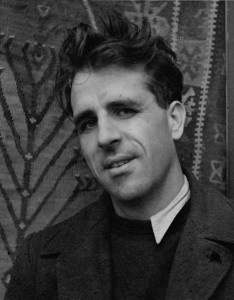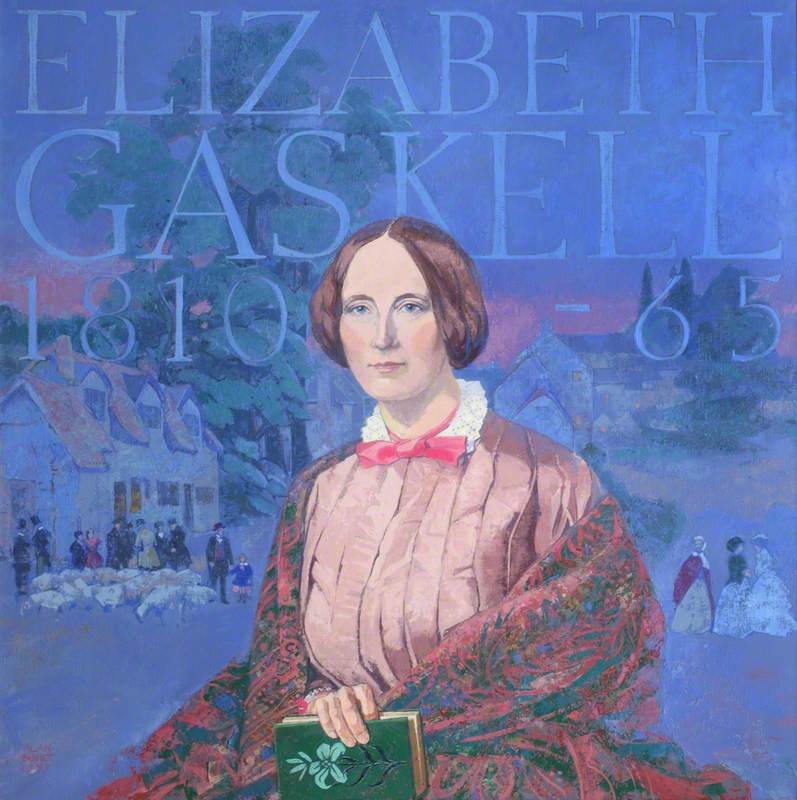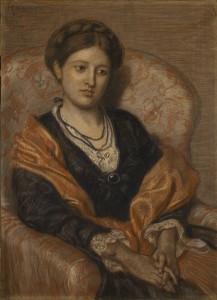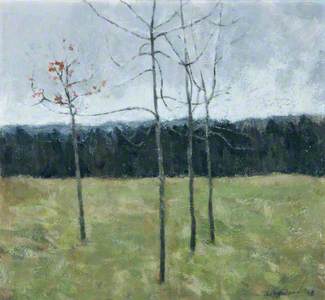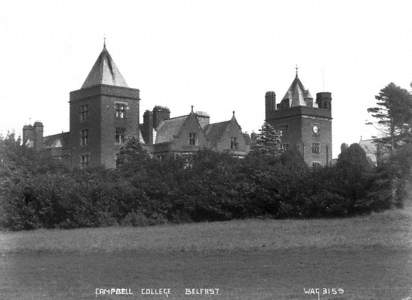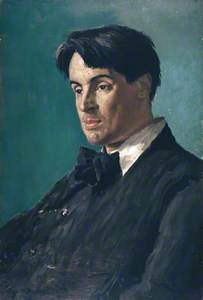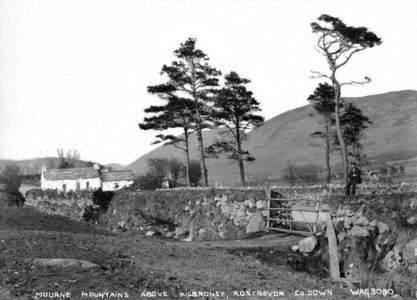Most people assume that the well-known author, C. S. Lewis, writer of The Chronicles of Narnia series of children's stories, was English. He was, in fact, born and brought up in East Belfast on the northeast coast of pre-partition Ireland. He spent many happy times with his brother Warnie walking and cycling around the gentle hills around Craigantlet and north Down.
His mother died when C. S. Lewis, known by his friends and family as 'Jack', was only nine years old. His father, solicitor Albert Lewis, who had just lost his father, and 10 days later, his brother, was unable to cope and sent his younger son to, what turned out to be, a brutal public school in England, where he felt he learnt nothing.
Apart from a few months attending Campbell College in East Belfast, Lewis never again permanently lived in Ireland, but spent more than 60 holidays in Belfast, counties Down, Antrim and Donegal and, after the First World War, created his own Irish household in Oxford with Irish servants and all the best traditions of Irish hospitality. He loved to correct people who said he was English, and confirm that he was a proud Irishman and, more specifically, an Ulsterman, inspired throughout his life by the landscapes of his native Ulster.
After further unhappy experiences in the English public school system, including at Malvern College looking out onto the Malvern Hills, Worcestershire, Lewis was privately tutored by Ulsterman William T. Kirkpatrick, his father's old headmaster from Lurgan College, who was then living in Bookham, Surrey.
Kirkpatrick's robust approach to logical discussion, his atheism (having trained as a Presbyterian minister), and his unusual teaching methods all had a profound influence on the young Lewis and enabled him to gain entrance into Oxford University and work on his ambition to become a great poet. His start at Oxford was delayed by the Great War and although Lewis, as an Irishman, could have avoided serving in the armed forces, he chose to join up and fought in the trenches of the Western Front in northern France.
C. S. Lewis' father's failure to travel to England to see him off to France, where he might have been killed, seriously damaged their relationship. At the Front, he was injured by a shell which killed a soldier beside him and was invalided back to England, where, again, his father failed to come and visit him. He published a book of poetry, written before and during the war, but soon realised that his traditional approach to poetry, which rhymed and scanned, had been superseded by the more modernist poetry of poets like T. S. Eliot and Ezra Pound, which he detested.
While convalescing, he developed a relationship with Mrs Janie Moore from Pomeroy, County Tyrone, the mother of an army friend who was killed on active service in France, who was only 10 years younger than Lewis's mother would have been. Although she was not divorced from her husband, they moved in together, along with Mrs Moore's daughter, and he had to keep this relationship secret from his father and the university. It also put him under immense financial pressure. They lived together for many years until her death in 1951.
At Oxford, Lewis took 'Greats', which included Greek and Roman languages, philosophy, history and literature and achieved a first in only two years and then took a degree in English in only one year, again achieving a first. He then had an anxious period trying to find academic employment, before being offered a temporary one-year lectureship in Philosophy, before finally being appointed a fellow in English at Magdalen College Oxford.
His first prose book, called The Allegory of Love, on the theme of medieval courtly love, was published in 1936 to critical acclaim. At Oxford, Lewis had two meetings with famous Irish poet W. B. Yeats, who had inspired his poetry, although by that stage had become deeply interested in esoteric spiritualism.
In 1930, following the death of his father in September 1929, whom Lewis regretted having treated so badly, he came to a belief in God, from his previous philosophical idealism, and within the following year, become a Christian and began writing works of apologetics. He also began writing science fiction books, beginning with Out of the Silent Planet, published in 1938.
During the Second World War, Lewis, who had little experience of children, and Mrs Moore, took in children who were evacuees from the threatened blitz in London. This may have prompted him to begin to write children's stories. From his childhood, he had always loved fairy stories, which he continued to re-read as an adult. The first of the Narnia stories, The Lion, The Witch and The Wardrobe, was published in 1950.
Various places in Ireland are believed to be inspirations for mythical places in his Narnia stories. However, the only one he personally highlighted as having inspired his 'idea of Narnia', was the view of the Mourne Mountains from Rostrevor, County Down, which has its own fairy glen.
Mourne Mountains above Kilbroney, Rostrevor, Co. Down
William Alfred Green (1870–1958) 
While living in Oxford, he would often speak fondly of the magic of Ireland, particularly the province of Ulster, which would inspire his imagination: 'I yearn to see County Down in the snow, one almost expects to see a march of dwarfs dashing past. How I long to break into a world where such things were true.' In his essay On Stories, Lewis wrote 'I have seen landscapes, notably in the Mourne Mountains and southwards which under a particular light made me feel that at any moment a giant might raise his head over the next ridge.' Despite spending most of his life in England, he said that 'I have no patriotic feeling for anything in England…but as to Ireland, no-one loves the Hills of Down (or Donegal) more than I'.
Many Lewis scholars have also argued that the capital of Narnia, Cair Paravel, which appears in six of the Narnia books, was inspired by the derelict cliff-top Dunluce Castle, which can be seen on the north coast of County Antrim, near Castlerock where he holidayed with his mother and brother several times as a child.
The castle of Cair Paravel on its little hill towered up above them; before them were the sands, with rocks and little pools of salt water, and seaweed, and the smell of the sea and long miles of bluish-green waves breaking for ever on the beach. And oh, the cry of the seagulls! Have you heard it? Can you remember? (The Lion, The Witch and The Wardrobe, Chapter 17)
It lay empty during the White Witch's tyrannical reign in the Age of Winter and was restored to use when the Pevensie children were crowned there and fulfilled the prophecy, which ushered in the Golden Age of Narnia. During Narnia's conquest by the Telemarines, the grand castle fell in the Battle of Cair Paravel.
In February 1950, Lewis began writing a follow-up Narnia story, Prince Caspian: The Return to Narnia. It contains the same four Pevensie siblings as the first story and a similar mishmash of characters from various myths and legends, as well as talking animals. It was another gripping fantasy adventure yarn involving the Pevensie children and the mystical talking lion, Aslan, who again comes to the rescue at the end.
In the story, although only a year had passed in England, 1,300 years had passed in Narnia. Peter, Susan, Edmund and Lucy Pevensie are at the train station on their way back to school, but find themselves magically transported to a wood on an island near an old, ruined castle, which they explore. Only when Susan finds a pure gold chessman do they eventually realise that they are in the royal city of Cair Paravel in Narnia, where they once ruled as kings and queens. They find the ancient treasure chamber where Peter's sword and shield, Susan's bow and arrows, and Lucy's diamond bottle of magical cordial, which Aslan had given them, had been stored.
Although Lewis was known for his use of words in a range of genres: poetry, science fiction, apologetics, and English literature and criticism, he said that his inspiration was often in the form of a picture in his mind rather than words or an initial storyline. The Lion, The Witch and The Wardrobe began life, not as an emerging narrative, but as a visual picture in his mind of a faun in a snowy wood carrying an umbrella and parcels. Initially, he had no conception of Aslan the lion. He then built the story up from this initial image of the faun in his head.
As a child, Lewis loved to read all kinds of books that were readily available in the family home and write stories about talking animals and draw his own characters. He even contemplated illustrating The Lion, The Witch and The Wardrobe himself, before wisely choosing Pauline Baynes on the recommendation of J. R. R. Tolkien.
From 1914 onwards, Lewis maintained a close friendship with Arthur Greeves who lived near the family home in East Belfast and shared his love for Norse mythology, as visually portrayed by Arthur Rackham in his book of illustrations of Wagner's Ring Cycle.
Unlike Lewis, Greeves was an accomplished painter and musician, but as a child was diagnosed with a weak heart, so spent little time in employment or travelling outside of Belfast, except for two years at the Slade School of Fine Art in London, and going on holiday with Lewis. Their extensive correspondence has provided a useful insight into the more personal side of Lewis from his teenage years on.
Lewis was never offered a professorship by Oxford, because of the popularity of his Christian apologetics and fiction writing, both science-fiction and children's stories, which were looked down on by his fellow academics. Tolkien, however, used his influence to encourage Cambridge University to create a new professorship in Cambridge specifically for him, which he eventually accepted on the basis that he could stay living in The Kilns in Oxford over the weekends and holidays, meeting up with his fellow Inklings on a Monday morning before taking the slow train to Cambridge.
At this time, he was being pursued by American poet and novelist Joy Gresham, née Davidman, as portrayed in the Holywood film Shadowlands. She had moved to Oxford with her two boys to get close to him. When she contracted cancer, he agreed to marry her secretly in a registry office to avoid her being deported back to the USA when her visa was not renewed. When it looked like she was dying, he agreed to them being married by a priest in the hospital in March 1957. Her cancer then went into remission and she recuperated in The Kilns and, with the eventual development of a romantic relationship, the pair travelled to Ireland for a honeymoon in The Old Inn, Crawfordsburn, and Donegal.
Less than two years later, they travelled to Greece for a holiday, before her death in July 1960. Lewis wrote notes of his feelings of grief over Joy's death, which were published anonymously as A Grief Observed in September 1961. Lewis continued to write and publish, but his own health deteriorated, and he died at home on 22nd November 1963.
Aslan, the White Witch, Mr Tumnus
2016
Maurice Harron (b.1946) 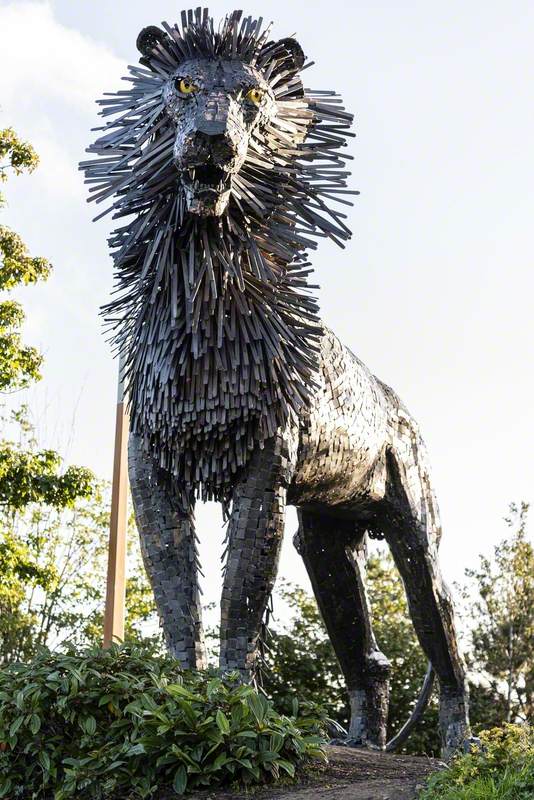
His life was celebrated with the building of C. S. Lewis Square in East Belfast surrounded by sculptures of a series of Narnia characters, as well as The Searcher.
Roger Courtney, freelance consultant, writer and facilitator


